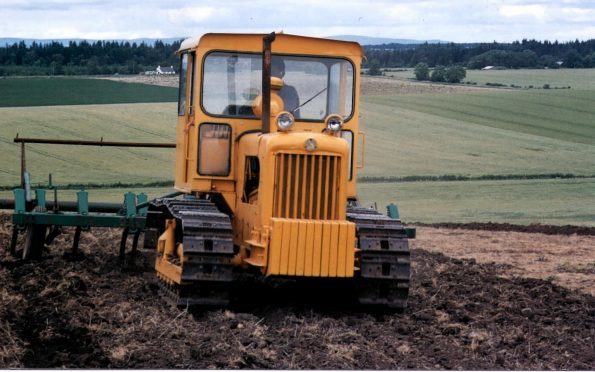For a number of years steel-track crawlers were a common feature on many farms.
Used for heavy autumn and winter cultivations and top work in the spring, some found work rolling silage pits or pulling binders and trailed combines at harvest time. Some of the more popular makes were American but following World War II British manufacturers offered numerous models. One of the most successful was Marshall which offered the Track Marshall range.
Marshall had begun back in 1848 and was based in the Lincolnshire town of Gainsborough.
It built threshing mills, steam engines and a whole host of other machinery. During the 1920s it began to develop a range of single cylinder diesel wheeled tractors.
However the Track Marshall story does not just concern Marshall but also Fowler of Leeds. Fowler was another old concern steeped in the steam age but having to look for new business began to develop crawlers such as their iconic Gyrotillers and then a range of smaller crawlers in the 1930s.
Both concerns were bought by the Ward Group post war who soon abandoned the new Fowler FD range of crawlers and started to use the skid units of Field Marshall single cylinder tractors mounted on the Fowler track systems.
By the 1950s the old single cylinder engine designs were starting to appear dated and Marshall was developing multi-cylindered diesel engine wheeled tractors with varying degrees of success. Meanwhile a new crawler range was also being developed by Marshall to be assembled by Fowler using its proven track system. The first tractor was powered by a Perkins P4 diesel and was launched in 1956. This tractor used the new styling of tin work on the Marshall MP range of wheeled tractors. In 1959 the L4 was replaced with the new Perkins 4.270 engine which led the crawler to be known as the 55 while a larger Model 70 with a Perkins 6.354 was added in 1961.
Marshall had 60% of the UK crawler market by 1970 and were the last steel-tracked crawler company left in the market when Caterpillar went to rubber tracks in the 1980s.










